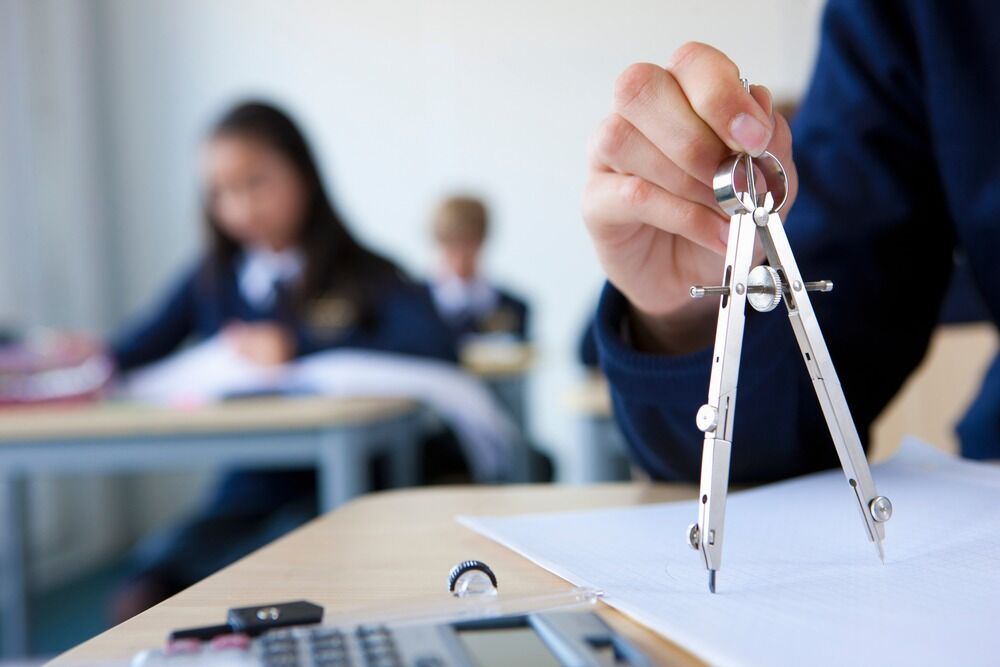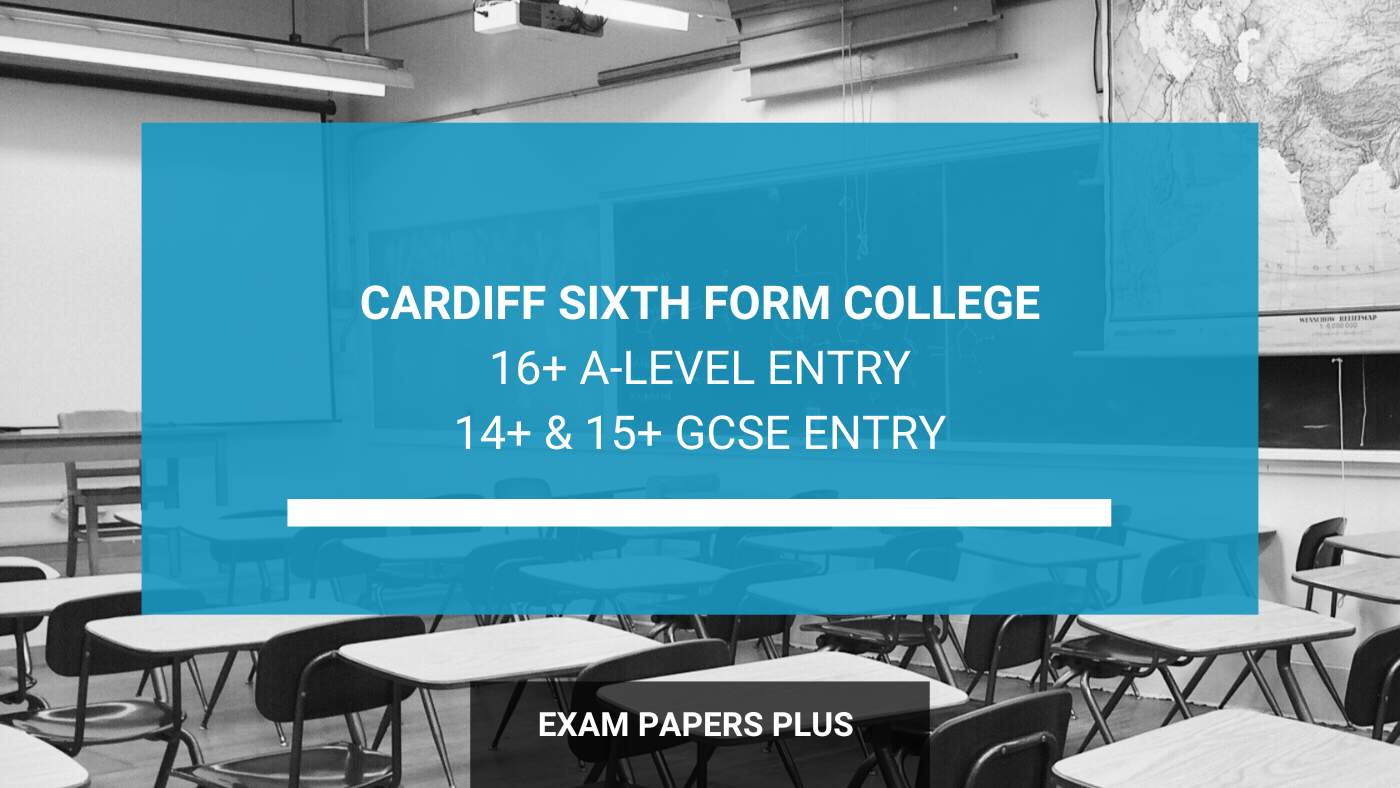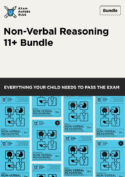
GCSE Maths Syllabus
Bookmark this page? Pop your email into the box below to receive a link to this article so you can easily refer back to it later.
Table of Contents
Introduction
GCSE maths is a demanding subject and the syllabus covers a number of subjects. If you’re overwhelmed by the task that lies ahead, you’re in the right place. At Exam Papers Plus, we publish GCSE maths revision packs and have plenty of experience about how to perform well in the exam. In this article, will delve a little deeper into the GCSE maths syllabus, helping you to prepare for the exam.
The GCSE maths test subjects are:
- Number
- Algebra
- Ratio, proportion and rates of change
- Geometry and measures
- Probability
- Statistics
GCSE maths has a Foundation tier (grades 1 – 5) and a Higher tier (grades 4 – 9). Students must take three question papers at the same tier and all question papers must be taken in the same series.
The six subject areas on the GCSE maths syllabus are split into individual topics. Below we have provided a useful breakdown of each:
Number
Structure and Calculation
- Order positive and negative integers, decimals and fractions
- Use the symbols =, ≠, <, >, ≤, ≥
- Apply the four operations to integers, decimals and simple fractions and mixed numbers – both positive and negative
- Understand and use place value
- Recognise and use relationships between operations, including inverse operations
- Use conventional notation for priority of operations, including brackets, powers, roots and reciprocals
- Use the concepts and vocabulary of prime numbers, factors (divisors), multiples, common factors, common multiples, highest common factor, lowest common multiple, prime factorisation, including using product notation and the unique factorisation theorem
- Apply systematic listing strategies
- Use positive integer powers and associated real roots (square, cube and higher), recognise powers of 2, 3, 4, 5
- Calculate exactly with fractions
- Calculate with and interpret standard form A × 10n, where 1 ≤ A < 10 and n is an integer (with and without a calculator)
Fractions, Decimals and Percentages
- Work interchangeably with terminating decimals and their corresponding fractions
- Change recurring decimals into their corresponding fractions and vice versa (Higher Tier only)
- Interpret fractions and percentages as operators
Measures and Accuracy
- Use standard units of mass, length, time, money and other measures (including standard compound measures) using decimal quantities where appropriate
- Estimate answers
- Check calculations using approximation and estimation, including answers obtained using technology
- Round numbers and measures to an appropriate degree of accuracy
Algebra
Notation, Vocabulary and Manipulation
- Use and interpret algebraic notation
- Coefficients written as fractions rather than as decimals
- Use of brackets
- Substitute numerical values into formulae and expressions, including scientific formulae
- Understand and use the concepts and vocabulary of expressions, equations, formulae, inequalities, terms and factors
- Simplify and manipulate algebraic expressions by: collecting like terms; multiplying a single term over a bracket; taking out common factors; simplifying expressions involving sums, products and powers, including the laws of indices
- Understand and use standard mathematical formulae
- Rearrange formulae to change the subject
- Interpret simple expressions as functions with inputs and outputs
Graphs
- Work with coordinates in all four quadrants
- Plot graphs of equations that correspond to straight-line graphs in the coordinate plane
- Identify and interpret gradients and intercepts of linear functions graphically and algebraically
- Recognise, sketch and interpret graphs of linear functions and quadratic functions
- Plot and interpret graphs, and graphs of non-standard functions in real contexts
Solving Equations and Inequalities
- Solve linear equations in one unknown algebraically
- Find approximate solutions using a graph
- Students should know the conventions of an open circle on a number line for a strict inequality and a closed circle for an included boundary
Sequences
- Generate terms of a sequence from either a term-to-term or a position-to-term rule
- Recognise and use sequences of triangular, square and cube numbers and simple arithmetic progressions
- Deduce expressions to calculate the nth term of linear sequences
Ratio, Proportion and Rates of Change
- Change freely between related standard units (e.g. time, length, area, volume/capacity, mass) and compound units (e.g. speed, rates of pay, prices) in numerical contexts
- Use scale factors, scale diagrams and maps
- Express one quantity as a fraction of another, where the fraction is less than 1 or greater than 1
- Use ratio notation, including reduction to simplest form
- Divide a given quantity into two parts in a: given part : part or part : whole ratio
- Express the division of a quantity into two parts as a ratio
- Apply ratio to real contexts and problems
- Express a multiplicative relationship between two quantities as a ratio or a fraction
- Understand and use proportion as equality of ratios
- Relate ratios to fractions and to linear functions
- Define percentage as ‘number of parts per hundred’
- Interpret percentages and percentage changes as a fraction or a decimal, and interpret these multiplicatively
- Express one quantity as a percentage of another
- Compare two quantities using percentages
- Work with percentages greater than 100%
- Solve problems involving percentage change, including percentage increase/decrease and original value problems, and simple interest including in financial mathematics
- Solve problems involving direct and inverse proportion, including graphical and algebraic representations
- Use compound units such as speed, rates of pay, unit pricing
- Compare lengths, areas and volumes using ratio notation scale factors
Geometry and Measures
Properties and Constructions
- Use conventional terms and notations: points, lines, vertices, edges, planes, parallel lines, perpendicular lines, right angles, polygons, regular polygons and polygons with reflection and/or rotation symmetries
- Use the standard conventions for labelling and referring to the sides and angles of triangles Draw diagrams from written description
- Apply the properties of angles at a point, angles at a point on a straight line, vertically opposite angles
- Understand and use alternate and corresponding angles on parallel lines
- Derive and use the sum of angles in a triangle
- Derive and apply the properties and definitions of: special types of quadrilaterals, including square, rectangle, parallelogram, trapezium, kite and rhombus
- Identify, describe and construct congruent and similar shapes
- Identify and apply circle definitions and properties, including: centre, radius, chord, diameter, circumference
Mensuration and Calculation
- Use standard units of measure and related concepts
- Measure line segments and angles in geometric figures
- Know and apply formulae to calculate: area of triangles, parallelograms, trapezia; volume of cuboids and other right prisms
Vectors
- Describe translations as 2D vectors
- Use vectors to construct geometric arguments and proofs (Higher Tier only)
Probability
- Record, describe and analyse the frequency of outcomes of probability experiments using tables and frequency trees
- Apply ideas of randomness, fairness and equally likely events to calculate expected outcomes of multiple future experiments
- Relate relative expected frequencies to theoretical probability, using appropriate language and the 0 to 1 probability scale
- Apply the property that the probabilities of an exhaustive set of outcomes sum to 1 apply the property that the probabilities of an exhaustive set of mutually exclusive events sum to 1
- Enumerate sets and combinations of sets systematically, using tables, grids, Venn diagrams
- Construct theoretical possibility spaces for single and combined experiments with equally likely outcomes and use these to calculate theoretical probabilities
Statistics
- Interpret and construct tables, charts and diagrams, including frequency tables, bar charts, pie charts and pictograms for categorical data, vertical line charts for ungrouped discrete numerical data, and know their appropriate use
- Interpret, analyse and compare the distributions of data sets from empirical distributions
- Apply statistics to describe a population
- Use and interpret scatter graphs of bivariate data
- Recognise correlation
For further detail about the GCSE maths syllabus, please visit the AQA website.
One of the most effective ways to revise for the GCSE maths exam is to use practice tests under exam conditions. When introduced early into your revision schedule, our GCSE maths practice packs can help to improve your confidence in the lead up to test day.
Our practice packs are all written and developed by former GCSE maths examiners and markers. We’ve also included questions that students find challenging, so you’ll have experience of tackling the most difficult questions.
If you are preparing for the GCSE maths exam, we can highly recommend the following practice resource:
All of our GCSE packs are available immediately after download.
Related posts:
GCSE Maths Games to Keep You Motivated
GCSE Maths Help: Tips for the Exam
GCSE Maths Non-Calculator Paper
GCSE Maths Games to Keep You Motivated
GCSE Maths Help: Tips for the Exam
GCSE Maths Revision Calculator
Bookmark this page? Pop your email into the box below to receive a link to this article so you can easily refer back to it later.
















